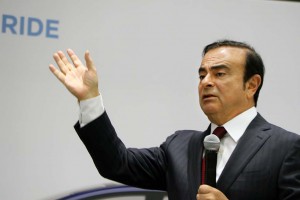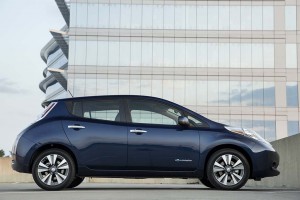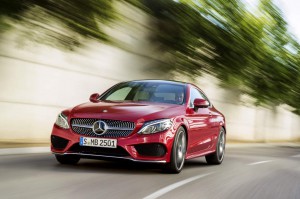Already one of the most successful partnerships in automotive history, the Renault-Nissan Alliance is targeting an additional $6 billion in new “synergies” by 2018, the two carmakers announced Friday.
The plan comes as something of a victory lap for Carlos Ghosn, the Brazilian-born executive who serves as CEO of the two companies. Late last year, he beat back a push by the French government, a major investor in Renault, which threatened to fracture the Euro-Asian alliance.
“The auto industry is rapidly evolving, requiring Renault and Nissan to leverage the Alliance as a pragmatic business tool,” said Ghosn in a prepared statement.
(Nissan spending $3.5 bil on stock buyback. Click Here to learn why.)
Renault first teamed up with Nissan in 1999 in a then-controversial deal aimed at saving the struggling Japanese maker. Since then, the two have watched both sales and earnings grow; counted together, the two are now the fourth largest automotive manufacturer in the world, behind Toyota, Volkswagen and General Motors.
But the goal is to generate even further synergies in a variety of areas includes engineering, manufacturing and supply chain management, purchasing and human resources, the partners said Friday, adding that they will look for still other opportunities. What that translates into is integrating some of those divisions, exchanging talent and creating common processes.
The two already work together closely on a variety of fundamental programs. Both are major proponents of electric propulsion, for example, and share the fundamental drivetrain technology in both the Nissan Leaf – the world’s best-selling battery car – and the Renault Zoe.
The partners claims that their current efforts helped generate about 4 billion euros, or $4.4 billion, in synergies in 2015, and they expect their new efforts to add another 5.5 billion euros, or $6 billion in 2018.
In many ways, Nissan has emerged the stronger side of the alliance since rebounding from its near-fatal economic problems at the turn of the new millennium. That is due, in part, to its broader global presence, particularly in the U.S. market which Renault abandoned in the 1990s.
There had been some concern that the partnership might unravel, however, as a result of a power struggle between Ghosn’s management team and the French government last year. The eventual compromise gave the state more influence in Renault while reducing that maker’s control over Nissan. Renault maintained its 43.4% ownership stake in the Japanese company, however.
(Nissan disables Leaf app to lock out potential hackers. Click Here for the story.)
While Renault and Nissan are the prime partners, the alliance has expanded in recent years, with Germany’s Daimler AG signing on for a number of projects. A Nissan-made four-cylinder engine, for example, is now used in the American-made Mercedes-Benz C-Class. Meanwhile, a small luxury car platform developed by Mercedes will be used for several new Infiniti products. And both Infiniti and Mercedes will produce vehicles together at a new plant in Mexico.
“The road ahead is one of more convergence, working more closely together,” said Alliance CEO Ghosn.
He’s not the only one who buys into that argument. Sergio Marchionne, the CEO of Fiat Chrysler Automobiles, has been singing much the same song but has had more difficulties finding a partner for the Euro-American automaker.
(Live from Geneva. Click Here for complete auto show coverage.)



